ESG / CSR
Industries
What is the Environmental Impact of Meal Kits?
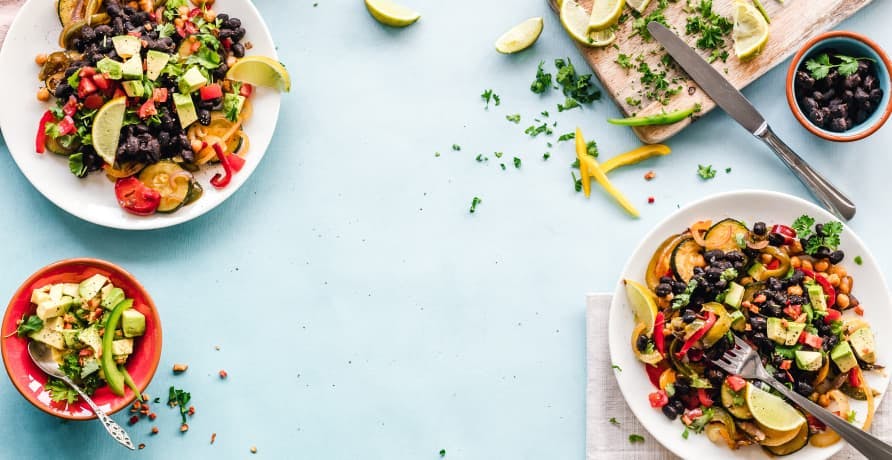


Whether it be Hello Fresh, Blue Apron, Purple Carrot, or Green Chef – meal kits are becoming all the rage to encourage busy Americans to cook at home and reduce their environmental impact. Despite the efforts demonstrated by meal kits to encourage sustainability, some of the activities required to create and deliver meal kits beg the question if meal kits are as sustainable as we think they are.
With the meal kit industry already valued at over $1 billion dollars and growing exponentially, it’s valid to break down the environmental impact of meal kits – especially as Gen Z and Millennials struggle to find the effort and time to cook at home from scratch and resort to meal kits.
Are meal kits the right choice for Americans looking to reduce the environmental impact of their food choices? We’re about to break down the emissions and environmental impact created by meal kits, and whether or not meal kits are worth the purchase for those looking to become more sustainable.
What are meal kits?
Meal kits are subscription based meal plans that are delivered straight to a customer’s doorstep: where the package will include step-by-step instructions on how to cook the meal, as well as the pre-measured ingredients necessary for the individual to cook the meal-kit recipe ready-to-use. Meal kits often account for a wide variety of diets and offer meal kits for those who are gluten-free, vegan, vegetarian, paleo, and even family friendly meal kits.
👉Meal kits have skyrocketed in popularity, with nearly a third of millennials having subscribed to a meal kit service at one point or another.
Even though meal kits have been around for over two-decades, with the first meal kits originating in Europe– meal kits started to take off in the U.S. in the mid 2010s and grew in popularity as influencers, especially those on YouTube, began receiving sponsorships for showing various meal kits in their YouTube videos and ultimately encouraging their subscribers to purchase meal kits themselves. Popular meal kits in the United States include Hello Fresh, Blue Apron, Purple Carrot, Daily Harvest, Thistle, and even meal kits provided directly by Amazon.
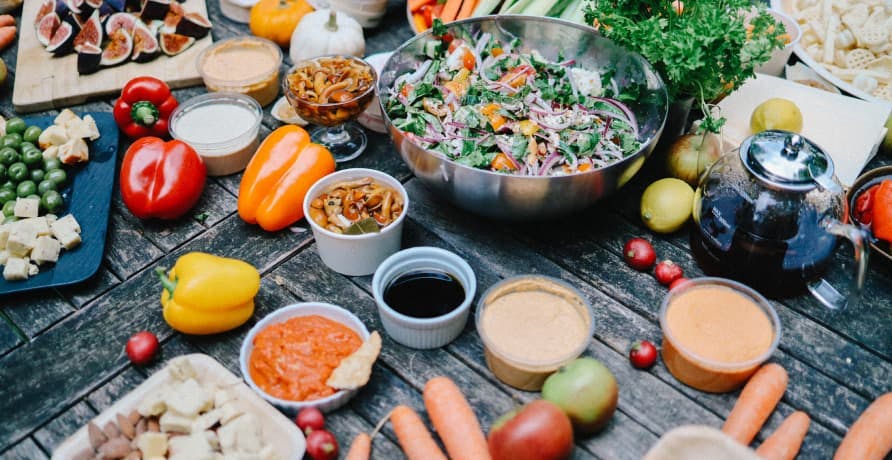
Meal kits aren’t usually a one-and-done purchase, but a subscription service used to have ready-to-make meals delivered to the customer’s doorstep on a consistent basis. Therefore, meal kits are similar to a subscription for a streaming service or a membership at the gym – a commitment must be made for those interested in meal kits. However, many meal kit companies offer promotions or trial-periods to encourage people to ultimately subscribe to their meal kit services. For instance, many influencers promoting meal kits on their social media pages will provide their subscribers with a discount or promotion code to entice them to try out a meal kit service.
One of the primary selling points for meal kits, besides their convenience in saving a trip to the grocery store or wondering what to cook for dinner, is the fact that they help to reduce the environmental impact often caused by cooking. Meal kits aim to accomplish this through methods such as sustainable packaging and preventing food waste.
How else do meal kits contribute to sustainability?
Why do meal kits claim to be environmentally friendly?
Many meal kit companies, such as Hello Fresh, claim to be more sustainable than traditional grocery shopping and cooking due to their streamlined supply chain that allows them to distribute their ingredients and ultimately their meal kits in less emissions. For instance, meal kits often source the ingredients necessary to build their meal kits from local suppliers and farmer’s markets – unlike produce at the grocery store which has often traveled a long way to sit on the produce stands of your local supermarket. Therefore, meal kits are more eco-friendly than traditional grocery shopping as they do not support the idea of transporting goods long distances – and seek to curate meal kit menus depending on what is available in that particular region.
Another reason why meal kits are supposed to be more eco-friendly is because they come with pre-measured ingredients, but the problem with these single-serve packaged items such as seasonings or pre-chopped vegetables means that meal kits may make use of single-use plastic or frozen gel packets that make it difficult to disintegrate the original package used to ship the meal kits.
Meal kits are meant to make cooking not only more environmentally friendly, but easier for people – and the added simplicity of meal kits is meant to reduce emissions and the impact traditional cooking typically has on the environment. For instance, the pre-portioned ingredients provided by meal kits is supposed to make clean-up after cooking easier: as meal kits prevent the need to wash as many dishes or measuring cups, which contribute to water usage, and also avoid the use of paper towels or cleaning products used – both of which help to ultimately avoid contributing to landfill.
Saving trips to the grocery store isn’t only a time-saver provided by meal kits, but it also aims to help reduce the emissions created by the traditional template of cooking meals at home. For instance, if you forgot the last ingredient necessary to make a meal, and hop in the car to grab that last onion or seasoning – excess greenhouse gas emissions would be produced from the impromptu last-minute trip to the grocery store. This emission-inducing habit can be avoided with a meal kit subscription.
Meal kits give you everything you need in one shot without a second thought, and with the intent of preventing waste – meal kits are ultimately deemed as more sustainable than traditional meal prep or cooking. However, there are several important environmental factors to be considered when choosing a meal kit if the ultimate goal is to become more sustainable.
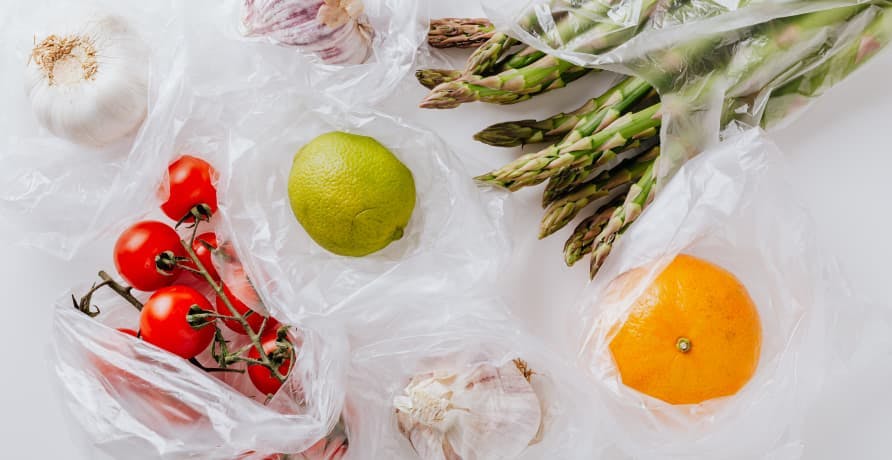
How sustainable are meal kits in reality?
Meal kits can be sustainable, but they aren’t inherently more sustainable than traditional cooking methods – however, meal kits take the guesswork of ensuring sustainable cooking habits at home. For instance, someone may buy an entire head of bok choy for one recipe, and not know what to do with the rest of it. However, as long as the individual finds another way to make use of their bok choy throughout the week and doesn’t opt to throw it away – their at-home meal prep could still be just as sustainable as meal kits are.
Think of meal kits like someone hiring a trainer or someone to create a personalised workout plan. Someone can accomplish the same fitness goals without hiring someone to assist them, but seeking a third party can make achieving that goal easier. Meal kits help people to be more sustainable in their cooking habits in the exact same way.
👉Meal kits make it easier for people to cook sustainably, as they don’t have to methodically create their grocery list or meals for the week to ensure that all the ingredients purchased will be used up entirely.
In addition to the idea of sustainable cooking at home being feasible, there are other factors to consider for those who are committed to reducing the environmental impact of their meals and cooking. For instance, one of the main things to keep in mind when subscribing to meal kits is the amount of plastic waste that ordering a meal kit may create.
Other cons of meal kits include how they aren’t more affordable than individual meal planning, even though some may be led to believe that they are due to the constraint of time, effort, and grocery shopping being removed by subscribing to a meal kit service. For instance, the average single American spends around $150 to $300 a month on groceries, while a single serving from a meal kit can cost anywhere from $5 to $10. In other words, many Americans may be able to cook a pizza for $3 per serving – or three times less than what a single meal from a meal kit would cost.
However, there are some sustainability points to be won for meal kits – such as the reduced emissions from transportation necessary to deliver the box to the door.
Many might think that meal kits create more greenhouse gas emissions from the amount of deliveries necessary, but this isn’t the case. This is because many meal kit companies make use of carbon neutral deliveries or electric vehicles to deliver their meal kits.
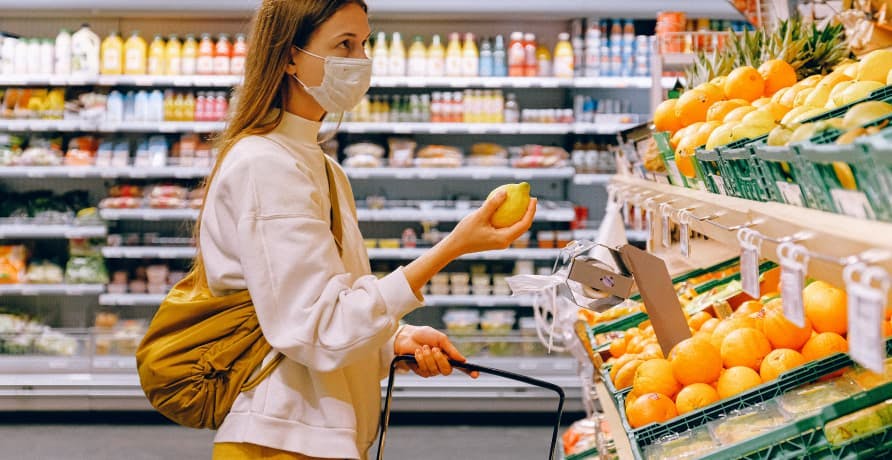
Which meal kits have the least environmental impact?
The best way to ensure choosing a meal kit service with a low environmental impact is to search for the meal kit companies that strive to make carbon neutral deliveries, offer plant-based meal kits, ship organic produce, and opt to use sustainable or biodegradable packaging. For example, Purple Carrot is a great meal kit option for users looking to ensure they reduce the environmental impact of their meals, as the options provided by purple carrot are plant-based – and eating plant-based can result in reduced emissions and a less harmful environmental impact given that meals without dairy or meat take less water to produce.
Other sustainable meal kit companies include Hello Fresh and Planty, as both of these meal kit services are committed to carbon neutral deliveries and aim to create a streamlined supply chain.
👉Meal kits companies that make use of single use plastic or other packaging materials that aren’t biodegradable can arguably do more environmental harm than a traditional trip to the grocery store.
Are subscribing to the most sustainable meal kit companies the only way to reduce the environmental impact of your cooking and eating habits?

What are some alternatives to meal kits if you want to reduce your environmental impact made by cooking and grocery shopping?
Meal kits provide an easy and mindless way for Americans to cook at home without buying excess ingredients that they might not end up using that could contribute to food waste. However, those seeking to reduce the environmental impact created by their eating habits don’t have to subscribe to meal kits to be successful in their sustainability goals.
For instance, one of the most beneficial things people can do is plant a garden or even a food forest to maximise their produce and mitigate the need to buy it from a meal kit or a grocery store. Even better, planting your own garden at home can help to reduce plastic consumption when shopping at the grocery store or ordering a meal kit.
On that note, there are other shopping habits that people can adapt to decrease the carbon footprint of their grocery shopping and cooking habits. For instance, shopping at the local farmers market ensures not only fresher and tastier produce – but less emissions, as that produce hasn’t traveled thousands of miles to your closest supermarket in the ways fruits, such as avocados, often do.
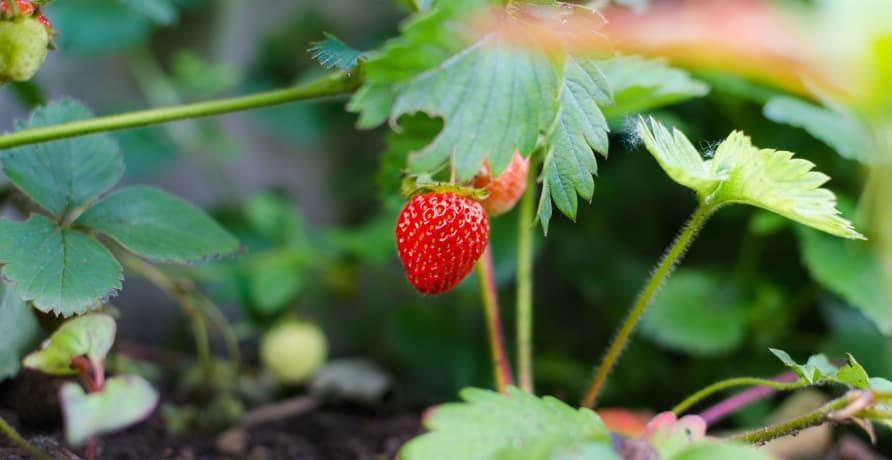
If a local farmer’s market isn’t an option, two great ways to reduce the environmental impact of meal planning is to walk to the grocery store or to use reusable produce bags when shopping, as much of the environmental impact created by produce is due to the plastic used for wrapping and packaging produce – such as salad mixes.
Lastly, changing what you decide to cook throughout the week can make a huge difference. For instance, committing to meatless-mondays or opting to cook more plant-based recipes can help to cut back on water consumption and help the planet. Also, scouring the web for new one bowl recipes or sheet pan dinners can also help to save water – as less dishes will need to be cleaned after cooking is done, which is one of the same concepts and goals of meal kits.
At the end of the day, meal kits aren’t bad for the environment, and they can be a good choice for sustainability in cooking – but meal kits aren’t the only way to successfully accomplish sustainable cooking habits. Meal kits are making an effort to decrease the environmental impact of their packaging and can be eco-friendly, but in the meantime – these tips and tricks aren’t a bad idea to take up for those interested in going green in the kitchen and cooking more sustainable meals at home.
What about Greenly?
If reading this article about the environmental impact of meal kits has made you interested in reducing your carbon emissions to further fight against climate change – Greenly can help you!
Businesses across the food industry may find it challenging to reduce their emissions and make use of their scarce supply of food, but Greenly is here to help – click here to book a demo and learn more about how we can help you to measure and reduce your various scope emissions. We’ve already helped others in the food industry, and we believe we can help your company achieve the same results.
Greenly can help you make an environmental change for the better, starting with a carbon footprint assessment to know how much carbon emissions your company produces.


